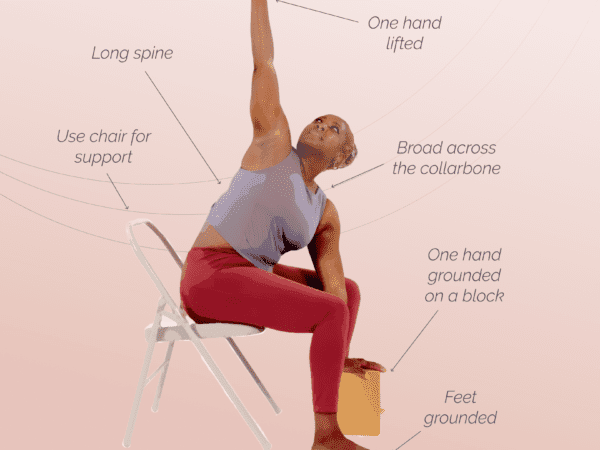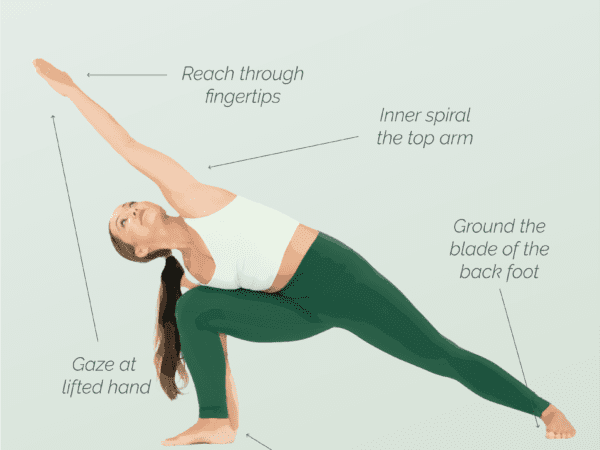Unlock the transformative power of modified king pigeon pose, an asana that blends flexibility, strength, and mindfulness. Whether you’re a seasoned yogi or a beginner seeking to deepen your practice, this pose offers a gateway to enhanced physical and mental well-being. In this step-by-step guide, we’ll explore the nuances and variations of modified king pigeon pose, ensuring you can safely and effectively incorporate it into your routine. Embrace the journey towards greater flexibility and inner peace with this inspiring and accessible yoga posture.
Benefits of Modified King Pigeon Pose
Modified king pigeon pose is more than just a stretch; it’s a holistic practice that offers numerous benefits for both body and mind. Here are some of the key advantages:
Enhanced Flexibility: This pose deeply stretches the hip flexors, quadriceps, and glutes, promoting greater flexibility in the lower body.
Improved Posture: By opening the chest and shoulders, the Modified King Pigeon Pose helps counteract the effects of prolonged sitting and poor posture.
Stress Relief: The pose encourages deep breathing and mindfulness, which can reduce stress and promote a sense of calm and relaxation.
Strengthened Muscles: Engaging the core and back muscles during this pose helps build strength and stability, supporting overall physical health.
Increased Circulation: The deep stretch improves blood flow to the lower body, aiding in muscle recovery and overall vitality.
Enhanced Mental Focus: Practicing this pose requires concentration and balance, which can sharpen mental focus and enhance cognitive function.
Incorporating the Modified King Pigeon Pose into your yoga routine can lead to a more balanced, flexible, and resilient body, while also nurturing a peaceful and focused mind.
Contraindications of Modified King Pigeon Pose
While the Modified King Pigeon Pose offers numerous benefits, it may not be suitable for everyone. Here are some contraindications to consider:
Knee Injuries: Individuals with knee injuries or pain should avoid this pose, as it places significant pressure on the knee joint.
Hip Issues: Those with hip problems, including arthritis or hip replacements, should consult a healthcare professional before attempting this pose.
Lower Back Pain: If you experience chronic lower back pain or have a history of spinal issues, this pose may exacerbate your condition.
Shoulder Injuries: The pose requires shoulder flexibility and strength; individuals with shoulder injuries should proceed with caution or avoid it altogether.
Pregnancy: Pregnant women should avoid deep hip stretches like the Modified King Pigeon Pose, as it can place undue stress on the pelvis and lower back.
Recent Surgeries: Anyone who has recently undergone surgery, particularly in the abdominal, hip, or knee areas, should avoid this pose until fully healed.
Always listen to your body and consult with a healthcare professional or experienced yoga instructor to ensure this pose, along with any modifications, is safe for you. Prioritizing your health and well-being is essential for a sustainable and beneficial yoga practice, and that includes exploring different variations of poses to suit your needs.
How to Do Modified King Pigeon Pose
Set Up Your Space: Place a sturdy chair on a non-slip surface. Ensure the chair is stable and won’t move during the pose.
Kneel on the Floor: Begin by kneeling on the floor behind the chair with your knees hip-width apart. Your back is facing the chair. Place a yoga mat or blanket under your knees for added comfort.
Engage Your Core: Engage your core muscles to support your lower back and maintain balance.
Reach for the Chair: Inhale and lift through your ribcage. Extend and lengthen your spine and bend backward. Catch the back of your chair with your hands.
Back Bend: Gently arch your back, lifting your chest towards the ceiling. Keep your shoulders relaxed and away from your ears.
Hold the Pose: Hold the pose for several breaths, focusing on deep, even breathing. Feel the stretch in your hip flexors, quadriceps, and chest.
Release the Pose: To release, slowly bring your torso back to an upright position. Bring your right leg forward to return to a kneeling position.
By using the chair for support, you can safely explore modified king pigeon pose while maintaining balance and stability. This variation is particularly beneficial for those who need extra support or are working on improving their flexibility and strength.
Additional Tips for Practicing Modified King Pigeon Pose
Warm Up First: Ensure your body is adequately warmed up before attempting the pose. Gentle stretches and light cardio can help prepare your muscles and joints.
Use Props: Incorporate yoga blocks or cushions under your hips or knees for added support and comfort, especially if you have tight hips or knees.
Focus on Alignment: Keep your hips squared and aligned to avoid unnecessary strain on your joints. Imagine drawing your hip bones towards each other.
Breathe Deeply: Maintain a steady, deep breath throughout the pose. Inhale to lengthen your spine and exhale to deepen the stretch.
Listen to Your Body: Pay attention to any discomfort or pain. If you feel sharp pain, ease out of the pose and modify as needed.
Engage Your Core: Keep your core muscles engaged to support your lower back and maintain stability.
Gradual Progression: If you’re new to this pose, start with more gentle variations and gradually work towards deeper backbends as your flexibility improves.
Stay Mindful: Practice mindfulness by focusing on the sensations in your body and the rhythm of your breath. This can enhance the mental benefits of the pose.
Hydrate and Rest: Ensure you are well-hydrated and take breaks as needed. Rest in a comfortable position, such as child’s pose, between attempts.
Seek Guidance: If you’re unsure about your form or need personalized adjustments, consider working with a certified yoga instructor.
By following these tips, you can safely and effectively practice the Modified King Pigeon Pose, enhancing your flexibility, strength, and overall well-being.









